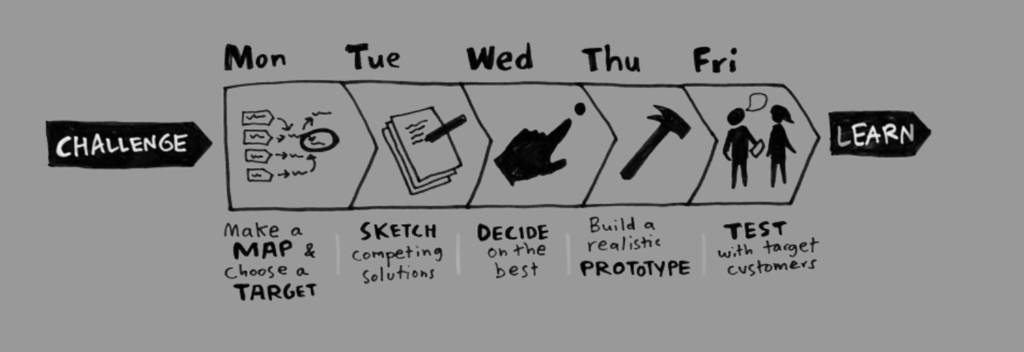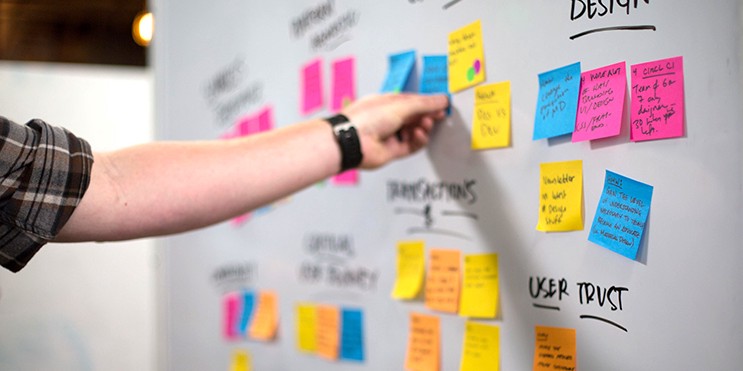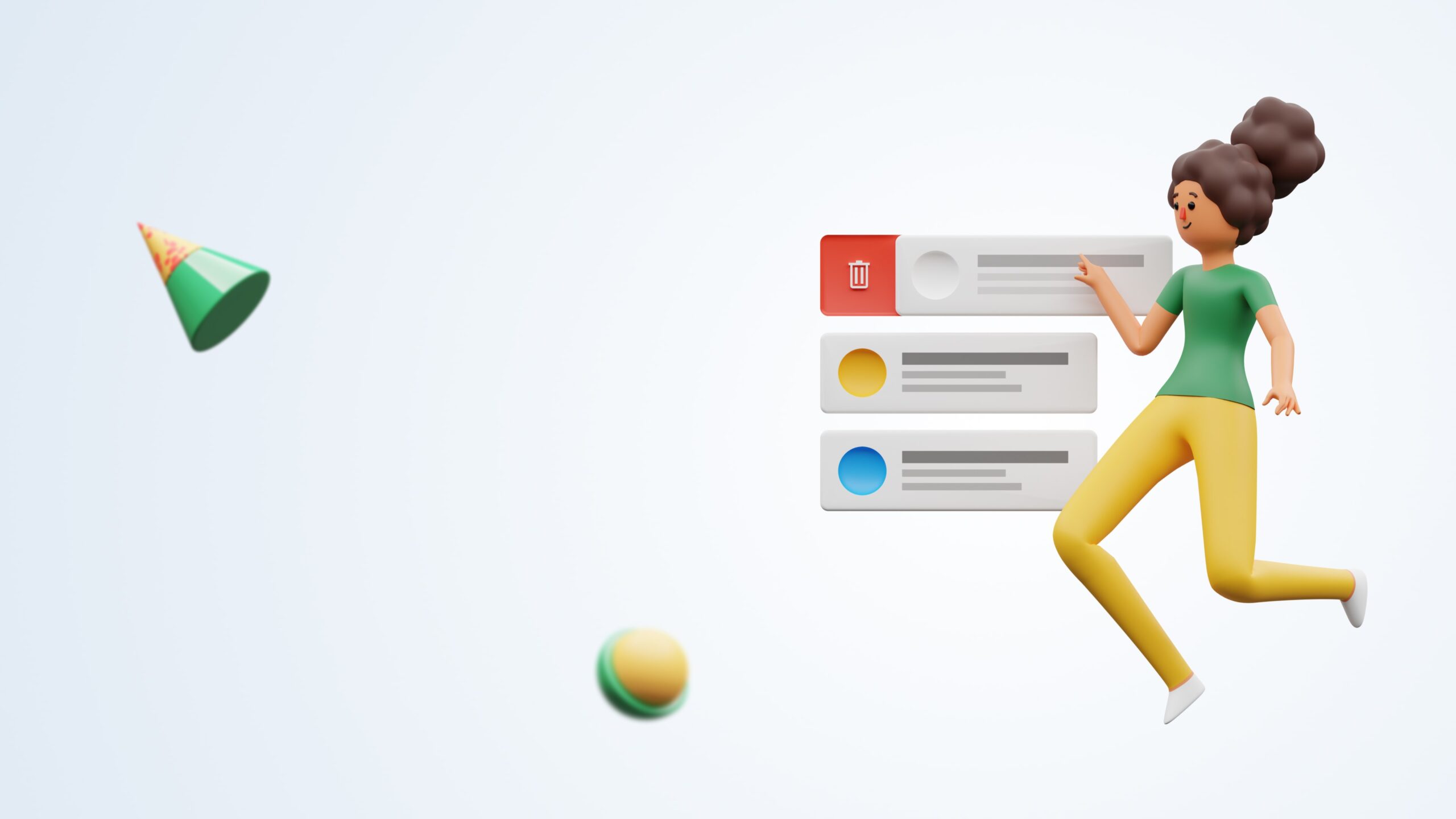Some days ago I had an opportunity to interact with a group of UX Researchers at the Online meetup “Dive into Design Sprints” held by a Newyork based group of UX researchers, the Meetups seemed like the perfect chance to learn how I could apply it to my work as a designer moving forward.
What is a Design Sprint?
A Design Sprint is a unique five-day process for validating ideas and solving big challenges through prototyping and testing ideas with customers. You can refer to the Book: How To Solve Big Problems and Test New Ideas in Just Five Days (by Jake Knapp)
“The ‘greatest hits’ of business strategy, innovation, behavioural science, and more — packaged into a step-by-step process that any team can use.”
In five days, the Design Sprint will help you to:
- Understand. Map out the problem and pick an important area to focus on.
- Ideate. Sketch out competing solutions on paper.
- Decide. Make decisions and turn your ideas into testable hypotheses.
- Prototype. Hack together a realistic prototype.
- Test. Get feedback from real live users.

Whatever the size of your organization, you should approach a design sprint-like this:
- Before a sprint, it’s vital to:
- Select the right members for your small team—e.g., a facilitator to track the team’s progress, a financial expert, etc.
- Reserve an entire workweek for the team to dedicate to the sprint so members can conveniently work undisturbed.
- Stock up on Post-It notes, whiteboards and markers to use in the chosen location.
2. When ready, your team should approach the sprint this way:
- Monday: Work with experts across the organization to map out the problem and determine the sprint’s overall goal. You should proceed to understand your users and their problems via customer journey maps and empathy maps.
“Why are we doing this project? Where do we want to be six months, a year or even five years from now?”
– Monday Motivation
At the start of the sprint, you need to set a long term goal. This should serve as your beacon of light to keep everyone moving in the same direction. Once established, it’s important to turn the goal into actionable items by rephrasing your assumptions and obstacles into sprint questions.
The Empathy Map is a visual way to better understand your users and prioritise their needs. The map helps to identify any key themes and problems affecting your users based on their quotes, actions, behaviours, pains and feelings captured throughout the user research and expert interviews.
- Monday: Work with experts across the organization to map out the problem and determine the sprint’s overall goal. You should proceed to understand your users and their problems via customer journey maps and empathy maps.
- Tuesday: Explore potential solutions through ideation. Your team should examine sources of inspiration by seeing which existing ideas they can improve and freely sketching possible solutions.
- Wednesday: Critique the team’s solutions to determine which are most likely to succeed. Adapt these ideas/sketches into storyboards.
- Thursday: Construct a working prototype from the storyboards.
- Friday: Conduct user testing of the prototype on a sample of at least five users.
The design sprint is one more way to solve users’ problems. The major difference between other frameworks and design sprints is time. A design sprint is time-bound and typically runs through 5 full days. In this period particular critical design challenge is focused to solve. This is another major difference from other frameworks.

These are the 5 phases of the design challenge. Understand the scope of the design challenge, ideate possible solutions, decide on the most viable solutions, create a workable prototype, and finally test that prototype with actual users.
At the end of the sprint, you can expect one of these outcomes:
- A successful failure—where you learned valuable information from your prototype, and thus avoided sinking months into creating the wrong product. You should run a follow-up sprint to explore new angles.
- A flawed win—where you clearly identified what works, what doesn’t and why. You should iterate to fine-tune adjustments and test again.
- A resounding victory—where your prototype enabled users to solve their problems and met (if not exceeded) their expectations. You now have a clear path towards your end product.
Pros and Cons of Design Sprints
On the One Hand, Your Team can:
- Bypass lengthy debates and committee-style decision-making cycles.
- Enjoy dynamic, focused collaboration.
- Understand key users better.
- All be clear about final deliverables.
- Think creatively and experiment to explore a wider variety of ideas.
- Avoid the need to compose detailed specifications.
- Reduce the cost of failure of final deliverables during user testing.
- Enjoy better ownership due to active collaboration.
- Directly witness real users validating ideas.
On the other hand, your team should:
- Consist of the right people who can commit to a 5-day sprint—potentially challenging for senior executives.
- Choose the correct scope and expectations to ensure problems aren’t too complicated to solve in one week—this demands a careful eye to balance ambition with manageability.
- Remember that success isn’t guaranteed.
- Appreciate the intensity involved (hence “sprint”).
Thanks for reading the complete blog keep following so you can get the latest update on my upcoming UXcher blog, Do comments also if you want an Article on any UX Topics





